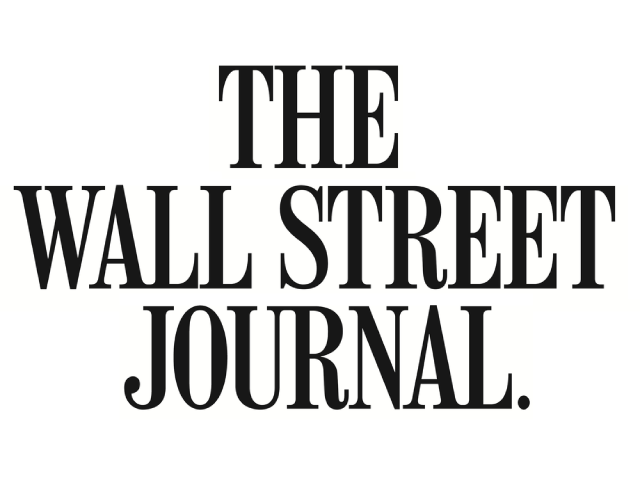The House moved recently to cap the cost of insulin, and Democrats think they’ve found a winner to save seats in November. What ghoul could oppose cheaper insulin? Alas the bill misdiagnoses the problem and is a pretext for more political control of drug prices, which won’t serve suffering Americans.
The Affordable Insulin Now Act caps cost-sharing for insulin at $35 a month for diabetics with private insurance or on Medicare Part D. The bill’s Democratic sponsors call it “a critical drug pricing reform” to deal with “the skyrocketing cost of insulin.” The bill passed 232-193.
The real story is more complicated. Sticker prices for insulin have increased, but those calculations ignore discounts negotiated by pharmacy-benefit managers. Over the past five years, net revenues to drug manufacturers on diabetes drugs “have been declining and patient out-of-pocket costs have been flat or risen only slightly,” says a 2020 report from the IQVIA Institute for Human Data Science. This isn’t a story about greed if pharma companies are earning less and less.
The gap between list and net prices can be huge, and many discounts don’t flow to customers at the counter, a real if smaller-than-advertised problem. In 2019 patients paid less than $30 out of pocket for 74% of all diabetes prescriptions, according to IQVIA’s analysis. More than nine in 10 were less than $75. But folks can get stuck paying exorbitant prices if they aren’t insured or must burn through a large deductible before coverage starts.
What would the House bill do for the uninsured? Oh—nothing. Insulin makers are treated as villains, but they do try to help such customers. Lilly’s Insulin Value Program offers a discount card for $35 a month for insulin.
The Trump Administration in 2019 revised federal guidance to allow high-deductible plans to cover more care for chronic conditions before the deductible, including insulin. It appears to have helped. Some 76% of employers reported in a 2021 Employee Benefit Research Institute survey that they’d added pre-deductible coverage as a result of the change, most often for diabetes or heart disease.
As for the House bill, insurers will respond to the added costs by increasing premiums. The grand irony of Democrats claiming to be tough on Big Pharma is that drug manufacturers would no longer have an incentive to limit price increases, confident that patients won’t notice and insurers can be stuck with the bill. Great work, everybody.
The premium spikes also mean the bill increases federal spending—for instance, on ObamaCare subsidies—which Democrats would finance by pretending to delay a long-dead Trump drug-pricing rule. This “pay for” is as phony as the policy solution.
Insulin markets need more competition, the opposite of what the House bill encourages. Congress would be smarter to prod the Food and Drug Administration to make it easier for generic equivalents to win approval, a problem that has long vexed insulin markets.
Democrats haven’t been shy about their broader plan to control the price of medicine through the euphemism of Medicare “negotiation.” This tells investors: Move your money out of better medicines or long-shot cures and into businesses that aren’t under political assault.
That would be a terrible development for diabetics, especially as cell therapies may someday provide a cure. As former FDA commissioner Scott Gottlieb put it recently, it’s essential that diabetes treatments are affordable, but Congress and the public shouldn’t forget that the “ultimate goal is to free patients from insulin.”
Wall Street Journal


